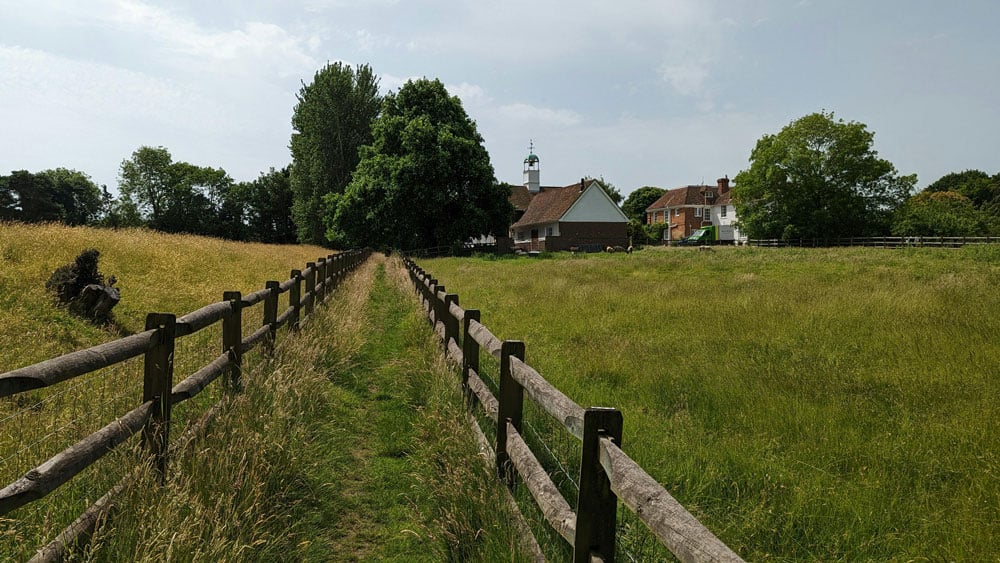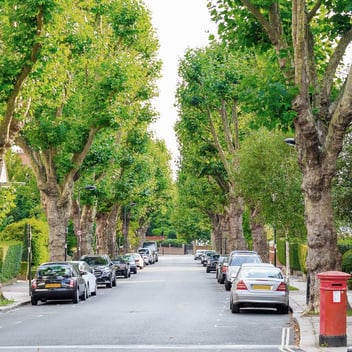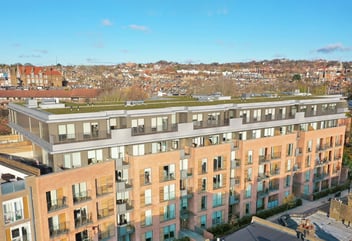
Housing targets are now mandatory. Gone are advisory targets councils could ignore. Labour's introduced mandatory housing targets with serious consequences for councils that don't deliver. This creates predictable demand and reduces the risk of authorities blocking viable schemes.
"Grey belt" is officially available. The December 2024 NPPF formally recognised "grey belt"—lower-quality Green Belt land near transport links. These sites are now explicitly available for development, subject to a 15% premium above local affordable housing policies (capped at 50% maximum).
Planning fees have doubled. Householder application fees jumped 104% in April 2025—from £258 to £528. All planning fees now rise annually with inflation, capped at 10% per year.
Planning committees are being sidelined. Applications that comply with local development plans bypass planning committees entirely, going straight to planning officers. For SMEs, building relationships with planning officers becomes critical.
-
June 2025: Local plan submission deadline under current system approaches
-
2026: Planning and Infrastructure Bill implementation begins. Building Safety Levy starts (applies to developments of 10+ units)
-
TBC 2025: Future Homes Standard implementing 75-80% carbon reduction
Infrastructure levy simplification promised. The government will replace CIL and Section 106 with a single infrastructure levy calculated as percentage of sale value. But detailed regulations still aren't published.
Small sites get policy priority. The NPPF requires local plans to allocate at least 10% of housing on sites of 1 hectare or less. Sites under 10 units remain exempt from affordable housing contributions.
Brownfield gets explicit priority. There's now a presumption that brownfield applications "should be approved unless substantial harm would be caused." If you can identify viable brownfield sites with transport links, you're playing with the system rather than against it.
Permitted development rights expanded. Agricultural conversions under Class Q now permit up to 10 dwellings (up from 5). Class R commercial conversions allow up to 1,000sqm (doubled from 500sqm).
£100 million SME fund is available. The government's launched £100 million in accelerator loans specifically for SME developers, plus £10 million to help councils hire environmental specialists.
Small Sites Aggregator Pilot showing promise. Bristol, Sheffield, and Lewisham are piloting aggregation of brownfield sites for 5-15 homes. If successful, this could transform small site development nationwide.
Biodiversity Net Gain is expensive. You need 10% biodiversity improvement on every site, maintained for 30 years. BNG offset payments typically cost £15,000-25,000 per biodiversity unit—factor this into land appraisals from day one. Most SMEs lack internal expertise and will need specialist ecological consultants.
Regional performance creates a postcode lottery. 51% of SMEs wait over a year for planning permission, but this masks huge geographic differences. Some councils are efficient, others are basket cases. Research local authority performance before committing to sites—it directly affects your cashflow and project viability.
Technical standards keep rising. The days of "standard" housebuilding are over. Future carbon requirements, building safety regulations, and environmental compliance create a complex web of technical requirements that many SMEs
aren't equipped to handle.
Target small brownfield sites near transport. These tick every government priority box and benefit from streamlined processes. Avoid sites requiring affordable housing unless you're confident in viability.
Build planning officer relationships. Officers matter more than councillors now. Invest time understanding their priorities and constraints in your target authorities.
Get serious about environmental compliance. Either develop internal BNG expertise or establish partnerships with established ecological consultants. Don't leave this to the last minute—environmental compliance issues can kill deals.
Research local authority performance. Planning determination times vary from 8 weeks to 18+ months depending on the
council. Factor this into your cashflow planning and site selection strategy.
What this means for your next deal
-
Land appraisals must include BNG costs (get ecological assessment early to understand exposure)
-
Planning fees are now 5-10% higher and rising annually
-
Small brownfield sites have policy wind behind them—premium pricing may be justified
-
Local authority performance directly affects project viability—due diligence on council efficiency is now critical



















